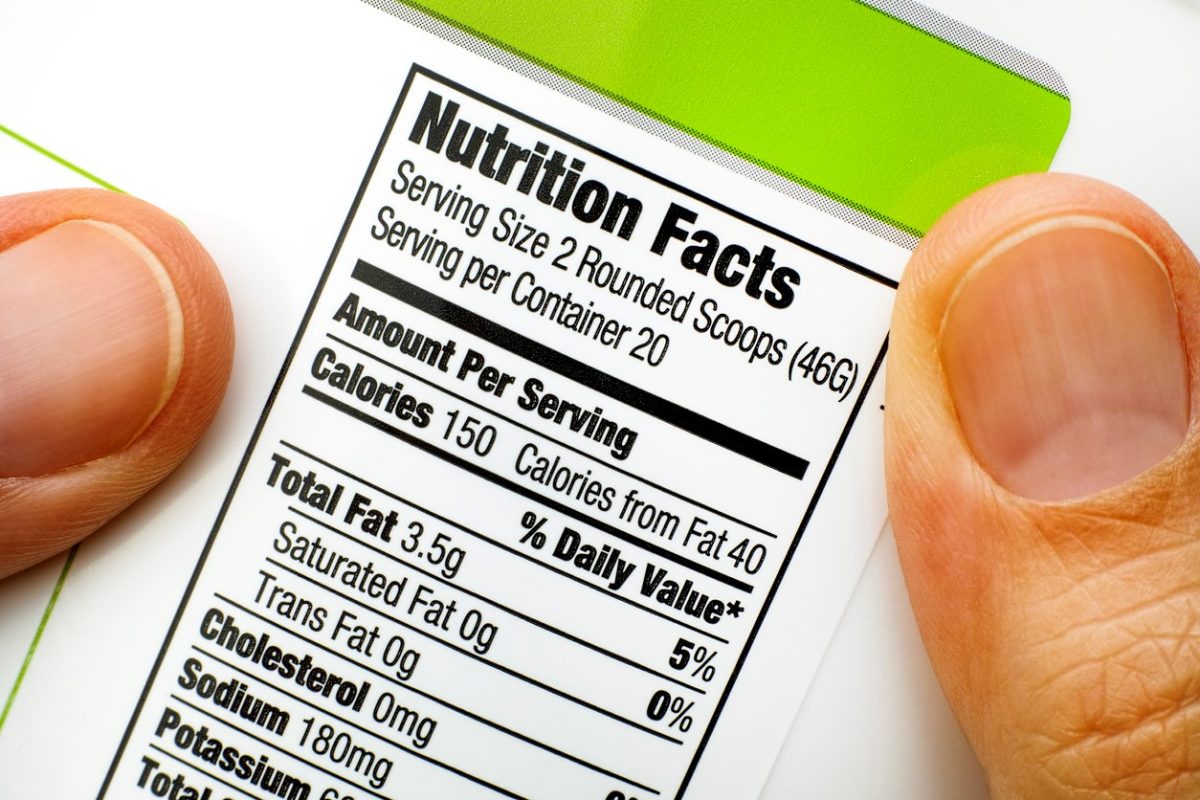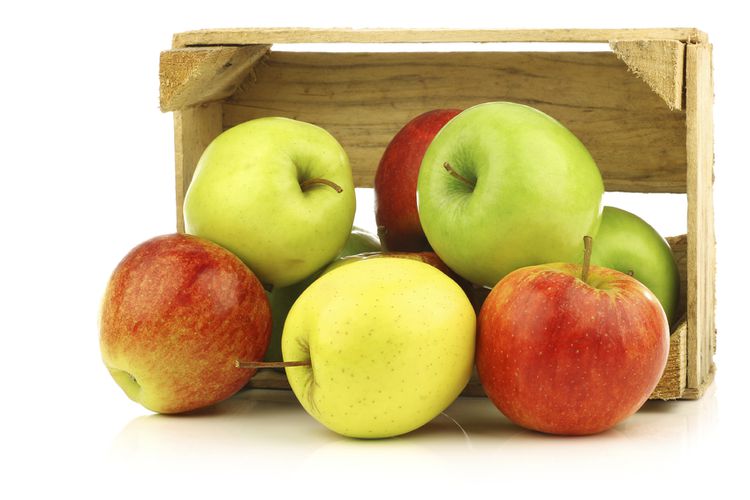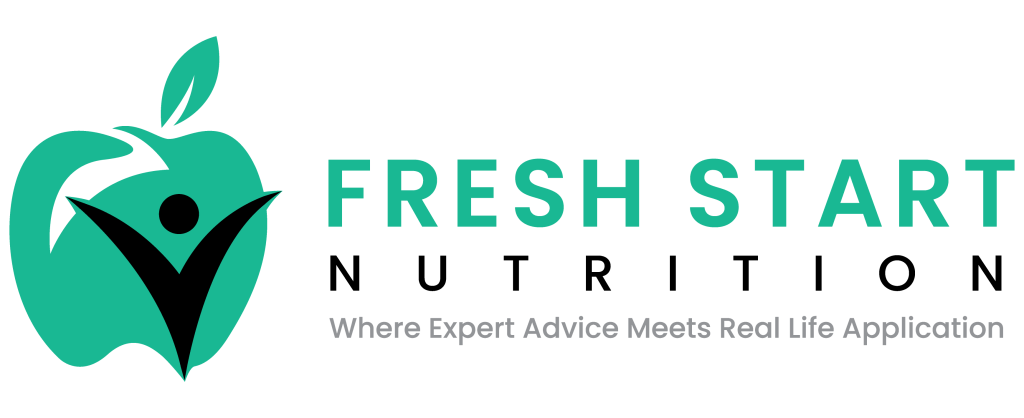Understanding food labels can help you make informed, healthier choices. In Canada, food labels are regulated by the Canadian Food Inspection Agency (CFIA) and Health Canada, ensuring consistency and transparency. This guide breaks down the key components of a food label so you can confidently interpret the information.
You can also check out the video link at the bottom of this blog to learn more about label reading!
The Nutrition Facts Table provides detailed information about the nutrients in a food product. It includes:
- Serving size
- Calories
- 13 core nutrients (e.g., fat, sugar, protein, vitamins)
- % Daily Value (% DV)
1. How to Use It:
- Serving Size: Always check the serving size first. The values in the NFT correspond to this amount. If you eat more or less, you need to adjust the numbers accordingly.
- % Daily Value (% DV): This helps you quickly understand if a food is high or low in a nutrient:
- 5% or less: Low
- 15% or more: High
For example, if a product has 20% DV for calcium, it’s a good source of calcium.
2. Ingredients List
The ingredients are listed in descending order by weight, meaning the first few items make up the majority of the product.
3. Serving Size
The serving size at the top of the table reflects how much of the food is considered one portion. It may not match the amount you typically eat, so it’s essential to compare it to what you usually consume.
4. Key Nutrients to Watch For
Some nutrients are more important to monitor, depending on your goals.
Limit These Nutrients:
- Saturated and trans fats: Linked to heart disease.
- Sodium: High levels can increase blood pressure.
Focus on These Nutrients:
- Fibre: Supports digestion and helps manage blood sugar.
- Protein: Important for muscle health and satiety.
- Vitamins and Minerals: Like calcium, iron, and potassium, which play crucial roles in overall health.
5. Allergen Information
Canada requires clear labeling of priority allergens such as:
- Peanuts
- Tree nuts
- Milk
- Eggs
- Fish and shellfish
- Wheat
- Soy
- Mustard
- Sulphites
- Sesame
Look for the “Contains” or “May contain” statement near the ingredients list to avoid allergens.
Canada also requires clear labelling for the following gluten containing food items: barley, rye, oats and wheat. Look for these BROW ingredients if you have a gluten sensitivity or celiac disease.
Final Thoughts
Learning how to read food labels helps you make more informed choices and avoid being swayed by marketing claims.
If you have specific dietary needs (like managing blood sugar or allergies), consult a registered dietitian for personalized guidance.



